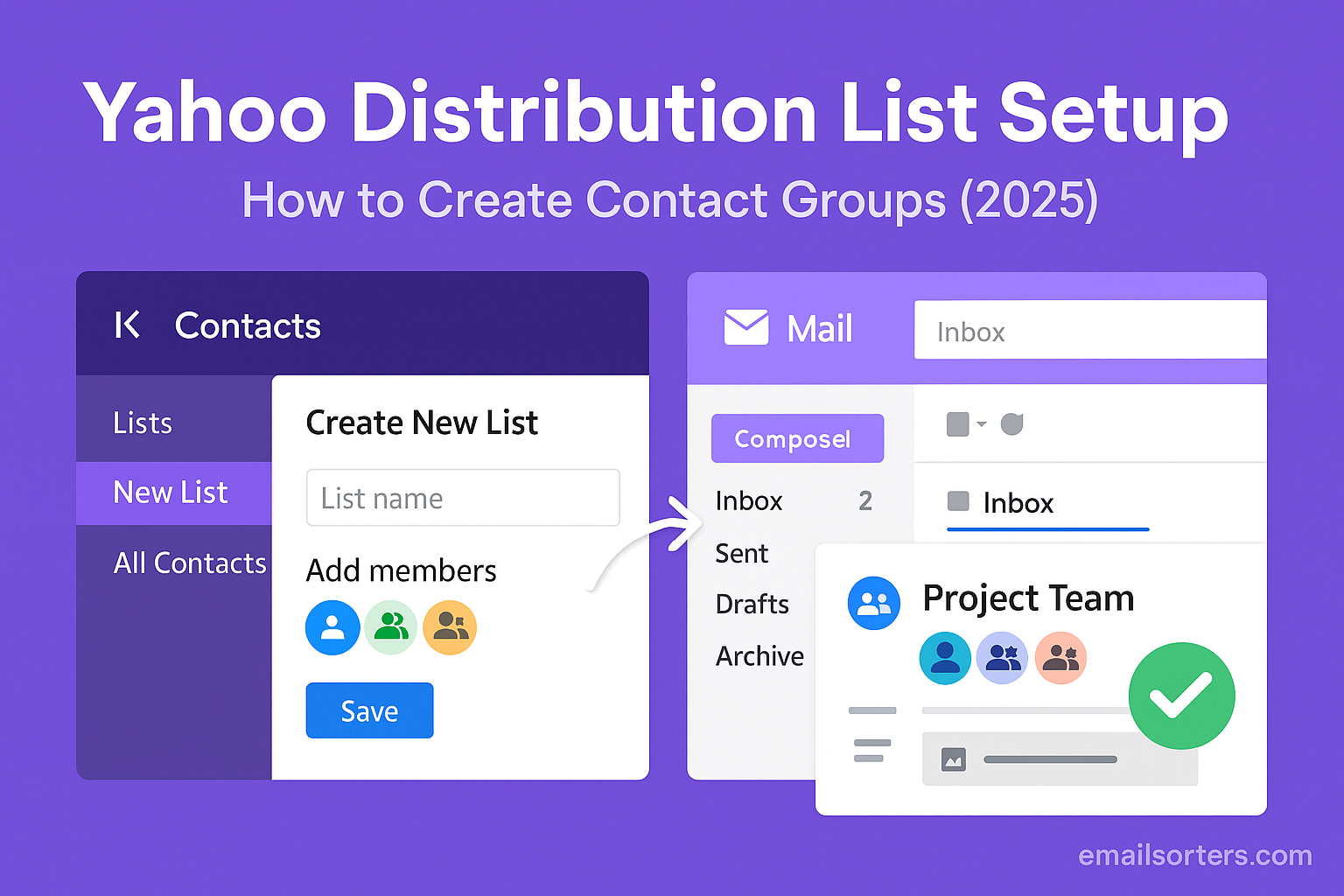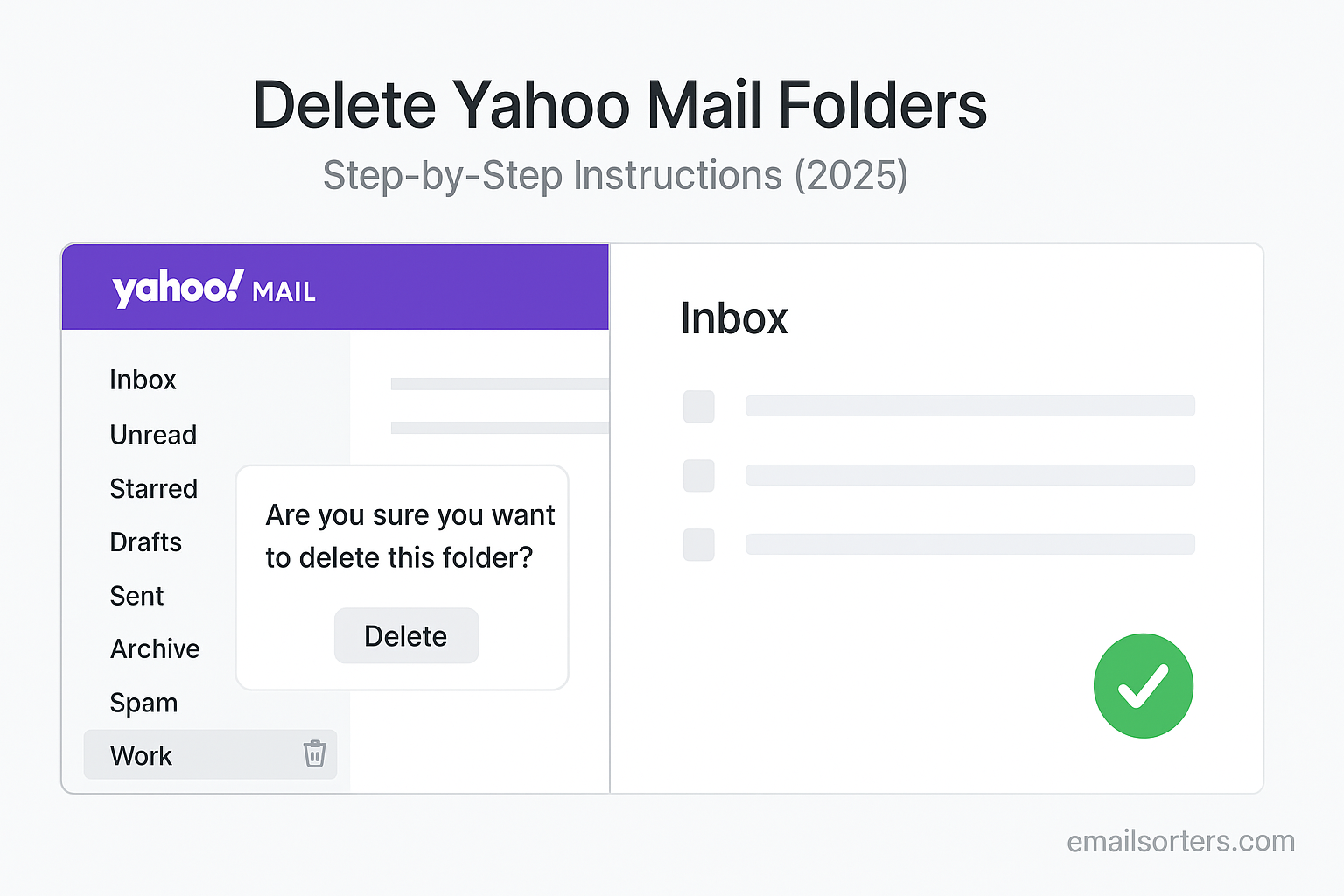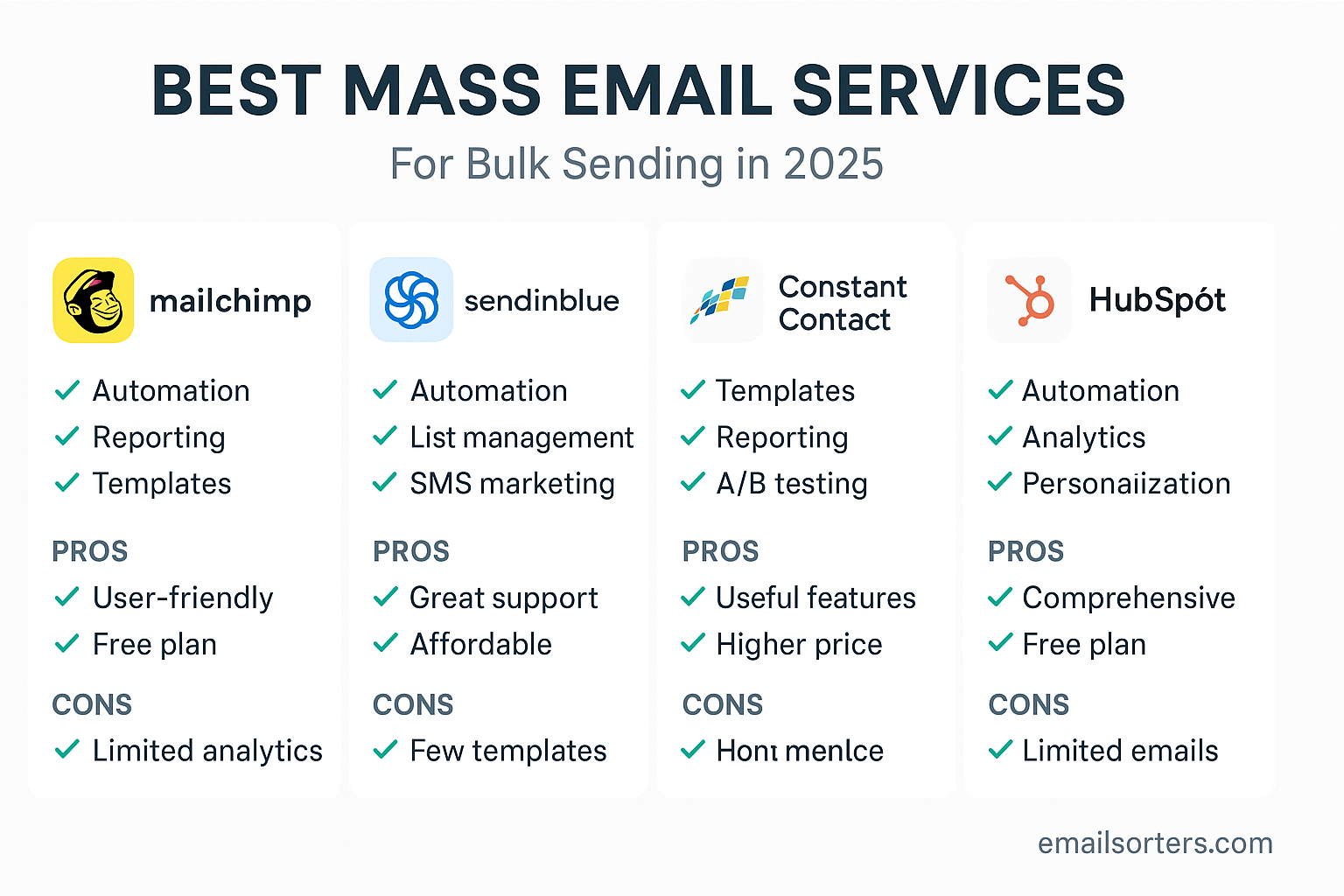Outlook attachment limit: The need to send a large file is a common challenge for every email user. When you try to attach a file to an Outlook email and are met with a “file size exceeds the limit” error, it can be a frustrating roadblock. This leads to a critical question: how can you increase the Outlook attachment size limit?
The direct answer is that for the vast majority of users with a standard Outlook.com or Microsoft 365 account, you cannot directly increase the server-side attachment limit. However, you can easily and effectively work around this limit by using modern cloud storage solutions like OneDrive to send files of almost any size. For the small group of IT professionals who manage their own Microsoft Exchange servers, the limit can be changed directly.
This comprehensive 2025 guide provides a complete walkthrough of the modern cloud-based methods for all users, as well as the advanced technical steps for IT administrators, ensuring you can share your large files securely and efficiently.
Understanding Why Attachment Size Limits Exist
Before diving into the solutions, it is important to understand why these limits are in place. They are not arbitrary restrictions but are essential for maintaining the health and efficiency of the global email system.
The Technical Reasons for Limits
There are several key technical reasons for email attachment size limits.
- Server Performance: Large files consume significant server resources (processing power, storage, and bandwidth). Without limits, mail servers could be easily overwhelmed, slowing down email delivery for everyone.
- Recipient’s Mailbox Limits: Even if your server allows a large attachment, the recipient’s mail server has its own limits. If your 50 MB file is sent to someone whose server only accepts 25 MB, the email will be rejected and bounce back to you.
- Mailbox Storage Quotas: Email accounts have a finite amount of storage space. Sending and receiving many large attachments can quickly fill up a user’s mailbox quota, preventing them from receiving new mail.
Default Outlook Attachment Limits in 2025
The specific limit you will encounter depends on the type of email account you are using with Outlook.
- Outlook.com / Microsoft 365 (Consumer): The default limit for these modern accounts is 34 MB.
- Most Other IMAP/POP Providers: For accounts from other providers (like your internet service provider) configured in Outlook, the limit is typically between 20 MB and 25 MB.
- Corporate Microsoft Exchange Accounts: The limit for a work or school account is set by the internal IT administrator and can vary widely from one organization to another.
The Problem with Large Attachments
Email protocols were designed in an era of small text files; they were never intended to be a bulk file transfer system. Attaching a large file to an email is inefficient. The file must be encoded into text (increasing its size), uploaded to your server, transferred to the recipient’s server, and then downloaded by the recipient. The modern, superior solution is cloud sharing.
The Best Method for All Users: Sending Large Files via the Cloud
Instead of attaching a large file directly, the best practice is to upload the file to a cloud storage service and then email a small, secure link to your recipient. Outlook is designed to make this process seamless.
How Cloud Sharing Works
The concept is simple and efficient. You upload your large file once to a secure online location like OneDrive, Google Drive, or Dropbox. You then compose an email and, instead of attaching the file itself, you insert a link to it. The recipient clicks the link and can view or download the file directly from the cloud service. This keeps your email small and fast.
A Step-by-Step Guide to Using OneDrive with Outlook
Since both Outlook and OneDrive are Microsoft products, their integration is flawless.
- Open the Outlook desktop client and compose a new email.
- Click the “Attach File” button on the ribbon.
- Instead of a file from your computer, select “Browse Web Locations” > “OneDrive.”
- Alternatively, if you attach a large file from your computer, Outlook will often automatically prompt you with the option to “Upload and share as a OneDrive link.”
- After selecting your file, you can set permissions. By default, recipients can edit the file. You can click the link in the email draft to change this to “View only” if you prefer.
A Step-by-Step Guide to Using Google Drive with Outlook
If you are a Google Drive user, you can also easily share links through Outlook.
- First, upload your large file to your Google Drive account via your web browser.
- Click the “Share” button for that file and get a shareable link. Ensure the permissions are set correctly (e.g., “Anyone with the link can view”).
- Compose a new email in Outlook and simply paste the Google Drive link into the body of the message.
A Step-by-Step Guide to Using Dropbox with Outlook
Dropbox also integrates well with Outlook, especially through its official add-in.
- Install the Dropbox for Outlook add-in.
- When you compose a new email, you will see a Dropbox icon in your ribbon.
- Click the icon to browse your Dropbox files and insert a shared link directly into your email.
An Alternative Method: Compressing Files
For files that are only slightly over the attachment limit, file compression can sometimes be a quick and easy solution.
What is File Compression?
File compression, often called “zipping,” is a process that uses an algorithm to rewrite a file’s data so that it takes up less space. This is done by creating a .zip archive that contains your file(s).
How to Create a ZIP File
Most modern operating systems have built-in compression tools.
- Locate the file or folder you want to compress.
- Right-click on it.
- In the context menu, look for an option like “Send to” > “Compressed (zipped) folder” or “Compress.”
- This will create a new
.zipfile that is smaller than the original. You can then try to attach this new file to your Outlook email.
When Compression is a Good Solution
Compression works best for file types that are not already compressed, such as text documents, Word files, and some raw image formats. It is much less effective for files that are already highly compressed, such as JPEG images, MP3 audio files, or MP4 videos. Zipping these files will result in very little size reduction.
For IT Administrators Only: Changing the Server-Side Limit
Critical Disclaimer: This section contains advanced technical information that is only applicable to IT professionals who manage their own on-premises Microsoft Exchange Server. These steps will not work for users with Outlook.com, Microsoft 365, or any other standard email account. Attempting these changes as a regular user can cause software instability.
Changing the Limit on Microsoft Exchange Server
For Exchange administrators, the global attachment size limit is managed through the Exchange Management Shell using PowerShell commands. You must adjust the limit in several places.
Set-TransportConfig -MaxSendSize 50MB -MaxReceiveSize 50MB(Sets the organization-wide limit)Set-SendConnector -Identity "Connector Name" -MaxMessageSize 50MB(Sets the limit for outgoing mail)Set-ReceiveConnector -Identity "Connector Name" -MaxMessageSize 50MB(Sets the limit for incoming mail)
Understanding the Windows Registry Edit (And Its Limitations)
There is a well-known Windows Registry edit involving the MaximumAttachmentSize key. It is critical to understand what this does. This registry change only affects the Outlook desktop client’s internal warning system. It does not change the actual, hard limit imposed by your mail server. For example, if your server limit is 25 MB and you set the registry key to 50 MB, Outlook will let you attach a 40 MB file, but the email will fail to send because the server will reject it. This edit is only useful if an administrator has already increased the server limit and the desktop client just needs to be updated to match it.
The Broader Context of Email and File Management
The challenge of sending large files highlights Outlook’s role as a professional-grade communication tool and how it fits into the wider email landscape.
Outlook’s Position in the Market
Outlook has long been a dominant force in the corporate world. Its deep feature set and integration with the Microsoft 365 suite make it the default choice for millions of businesses. The need to share large project files and presentations is a daily reality for these users, a fact reflected in current Outlook statistics.
How Other Providers Handle Large Files
The challenge of large attachments is universal. A look at an AOL Mail overview or a Yahoo Mail overview would show that they also have their own attachment size limits and similarly encourage users to share large files via cloud storage links.
Organizing Your Files and Emails
A well-organized inbox makes managing all your communications, including emails with cloud links, much easier. Taking the time to create folders in Outlook can help you keep track of important project files and conversations.
The Impact on Performance
An inbox cluttered with thousands of messages, especially those with large attachments, can become slow and unresponsive over time. For a smoother experience, it is helpful to know how to speed up Outlook through regular maintenance.
A Checklist for Sending Large Files in Outlook
Use this strategic checklist to ensure you are using the best and most efficient method every time you need to share a large file.
Your Large File Strategy
This list provides a simple decision-making framework, guiding you from the initial file check to the final send.
- Have you first checked the size of your file to see if it is under the default Outlook limit (typically 20-34 MB)?
- If the file is only slightly over the limit, have you tried compressing it into a
.zipfile to see if that reduces its size enough? - For any significantly large file, have you chosen your preferred cloud storage service (OneDrive, Google Drive, Dropbox, etc.)?
- Have you uploaded the file to your chosen cloud service and inserted the shareable link into your Outlook email?
- Have you double-checked the permissions for the cloud link to ensure your recipient will be able to either “View” or “Edit” the file as needed?
- (For IT Administrators Only) If you must change the server limit, have you ensured that you have updated the settings on all the necessary transport configs and connectors?
Using Third-Party Tools for Better Organization
Shifting from attachments to cloud links can create a new organizational challenge: keeping track of all the links you have sent and received.
The Challenge of Managing Cloud Links
While efficient, a workflow that relies on cloud links means that important files are no longer directly “inside” your email archive. Keeping these links organized is key to maintaining an efficient digital filing system.
How Inbox Organizers Can Help
For users who deal with a high volume of file sharing, third-party inbox management tools can be a great asset. Services from companies like Clean Email, for example, can connect to your Outlook account. They offer advanced features to create smart folders and automated rules that can help you organize and keep track of all the emails containing important cloud storage links.
Frequently Asked Questions (FAQ)
Here are detailed answers to the most common questions users have about Outlook’s attachment size limit.
1. I tried the registry edit, but my email still won’t send. Why?
This is the most common point of confusion. The Windows Registry edit only changes a setting within your Outlook desktop application; it removes the warning message that stops you from attaching a large file. It has no effect on the actual, hard limit that is set on your email provider’s server (e.g., the Microsoft 365 server). Your email is failing to send because the server, which has the final say, is rejecting it. This is why cloud sharing is the only real solution for most users.
2. If I send a OneDrive link, does the recipient need a Microsoft account to view the file?
No, they do not. When you share a file from OneDrive, you have control over the permissions. You can easily generate a link that allows “Anyone with the link to view.” The recipient simply needs to click the link, and the file will open in their web browser for them to view or download. Requiring the recipient to sign in with a Microsoft account is an optional, higher-security setting that you can choose to enable if needed.
3. What is the actual maximum file size I can upload to OneDrive?
The maximum file size for a single file on OneDrive is currently 250 GB. When you compare this massive 250 GB limit to the tiny 20-34 MB limit for email attachments, it becomes crystal clear why cloud storage is the superior and intended method for sharing large files.
4. My company uses its own email server with Outlook. How do I know what our attachment limit is?
The only way to know the specific attachment size limit for your corporate account is to ask your IT department. This limit is set by your company’s internal system administrators and can vary dramatically from one organization to another. You should not attempt to change any settings yourself, as this could violate your company’s IT policy.
5. I switched to the outlook classic view. Does that change the attachment limit?
No, it does not. The “view” or layout of your Outlook client is a purely cosmetic setting that changes how your emails and folders are displayed on the screen. It has absolutely no effect on the underlying technical limitations of your email account or the mail server. The attachment size limit is determined by your email provider and remains the same regardless of whether you use the modern view, the classic view, or Outlook on the Web.




